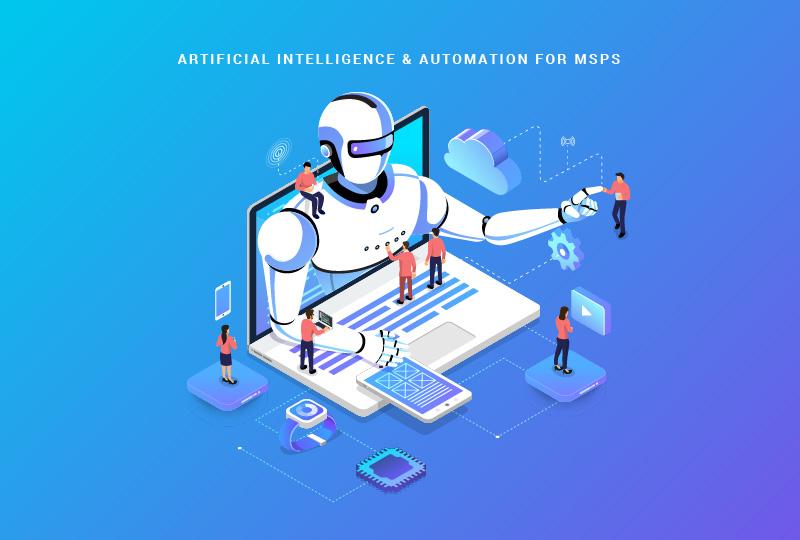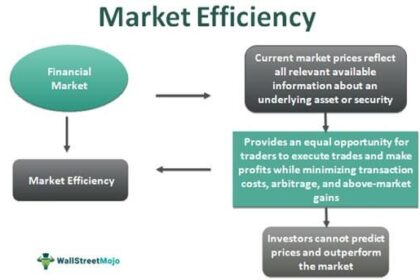In a world where the boundaries of possibility are constantly being redefined, artificial intelligence is emerging as a pivotal force driving a revolution in automation. “Transforming Tomorrow: The Rise of AI-Powered Automation” invites readers on a journey through the nuances of this technological evolution, exploring how AI is not just reshaping industries, but also redefining the very nature of work itself. As algorithms grow more sophisticated and machines learn to mimic human intelligence, the implications touch every facet of our lives—from the factories that churn out products to the offices that streamline processes, and even the homes that enhance our daily routines. This article delves into the opportunities and challenges presented by AI-powered automation, examining its potential to transform economies, empower workers, and create a future that, while uncertain, promises to be as exciting as it is complex. Join us as we unravel the threads of innovation and explore what tomorrow holds in this age of unprecedented change.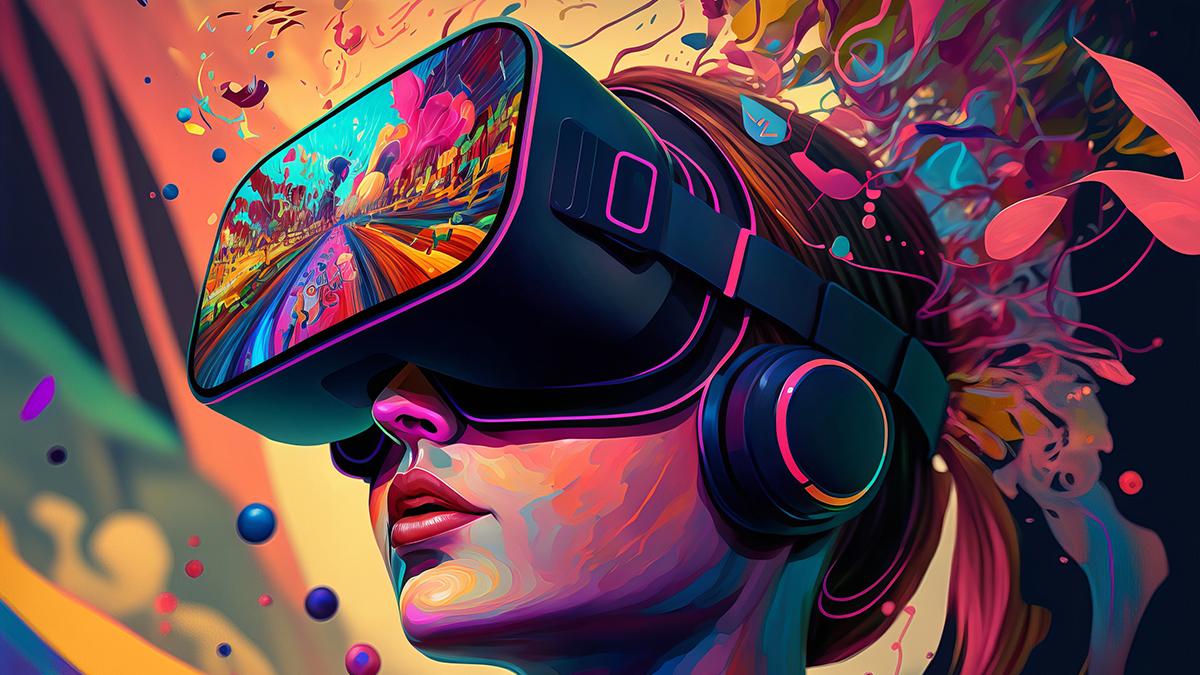
Embracing Change: Understanding the Impact of AI on Workforce Dynamics
The advent of AI-powered automation is significantly reshaping the landscape of work, generating both excitement and apprehension among workers across various sectors. As technologies such as machine learning, natural language processing, and robotic process automation become more sophisticated, organizations can enhance productivity, streamline operations, and reduce costs. However, this shift also necessitates a deep understanding of its ramifications on employment, skill requirements, and workplace culture. Companies are increasingly recognizing the need to foster adaptability within their workforce to thrive in this evolving ecosystem. Some of the critical changes include:
- Job Redefinition: Many roles will evolve, adapting to new tools and technologies.
- Upskilling and Reskilling: Continuous learning opportunities will become essential for employees to remain relevant.
- Workplace Collaboration: Human-AI collaboration will enhance team efficiency and innovation.
- New Job Categories: AI will create demand for new positions focused on managing and interacting with advanced technologies.
To visualize the changing workforce landscape, consider the following table that highlights the anticipated shifts in job roles due to AI automation:
| Current Role | Anticipated Change | New Skill Requirement |
|---|---|---|
| Data Entry Clerk | Transition to Data Analysis | Analytical Skills |
| Customer Service Representative | Focus on Complex Queries | Emotional Intelligence |
| Manufacturing Worker | Collaborate with Robots | Machine Operation |
| Marketing Specialist | Data-Driven Strategy | Data Analytics |
As companies navigate this transformative journey, the emphasis must be placed on creating an environment that not only embraces technological advancements but also prioritizes human-centric values. By fostering a culture of continuous learning and flexibility, organizations can ensure that their workforce is prepared to face the challenges and seize the opportunities that AI-driven automation presents. Through effective communication and collaboration between technology and personnel, businesses can harness the full potential of AI while creating a more resilient and engaged workforce.
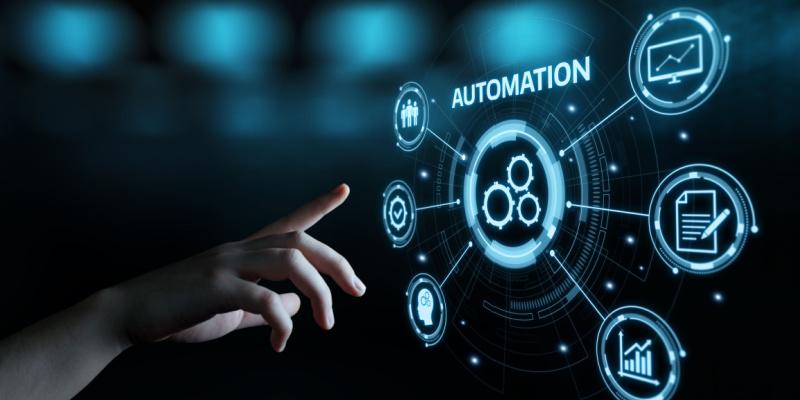
Streamlining Processes: Leveraging Automation for Enhanced Efficiency
In an age where speed and precision are paramount, integrating automation tools into business processes can lead to remarkable improvements in operational performance. By deploying intelligent software solutions, organizations can automate repetitive tasks, freeing up valuable human resources for more strategic initiatives. Consider the various areas where automation can make a significant impact:
- Data Entry – Reducing human error and time spent on manual input.
- Customer Support – Utilizing chatbots to handle customer inquiries instantly.
- Project Management – Streamlining workflows through automated task assignments.
- Marketing - Enhancing campaigns with automated responses and personalized content.
As automation systems evolve, they are increasingly capable of managing complex workflows that once required human oversight. Businesses can now analyze performance metrics in real-time, allowing for data-driven decision-making that significantly enhances productivity. Implementing a comprehensive automation strategy can seamlessly link different departments, streamlining communication and collaboration. A simple comparative analysis of traditional versus automated processes illustrates the benefits:
| Aspect | Traditional Process | Automated Process |
|---|---|---|
| Time Consumption | High | Low |
| Error Rate | Higher | Minimal |
| Resource Allocation | Manual | Optimized |

Navigating Challenges: Addressing Ethical Concerns in AI Implementation
As AI technologies gain traction in various sectors, it is crucial to confront the ethical dilemmas that arise from their deployment. The potential for bias in AI algorithms poses significant concerns, leading to unfair treatment of individuals based on race, gender, or socioeconomic status. To mitigate these risks, organizations must implement rigorous testing and validation processes. Key strategies include:
- Regular audits to evaluate data bias and algorithmic fairness.
- Inclusive teams to ensure diverse perspectives are considered during development.
- Transparency measures that allow stakeholders to understand AI decision-making processes.
Moreover, the accountability of AI systems remains a pressing issue. As machines take on more autonomous roles, the question of liability in case of error becomes pertinent. It is essential for policymakers to establish clear frameworks that define responsibility and ethical guidelines. Organizations can foster trust and compliance through:
- Robust governance structures outlining accountability at every level.
- Collaborative partnerships with regulatory bodies to align practices with ethical standards.
- Ongoing training for employees on ethical AI utilization and implications.
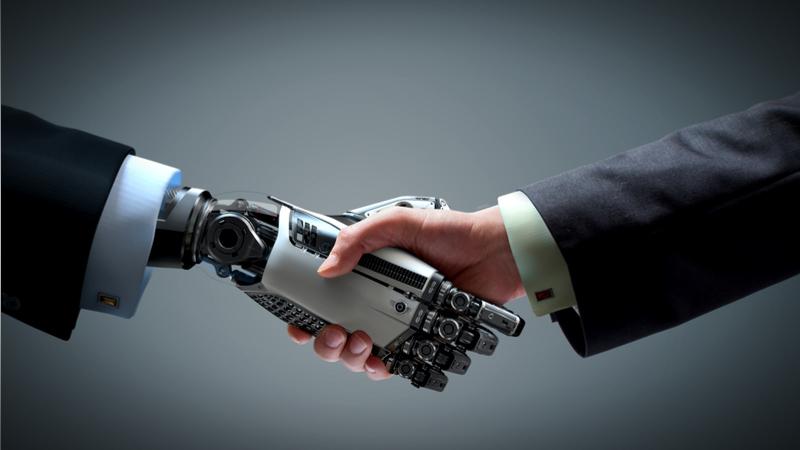
Future-Forward Strategies: Preparing Organizations for an Automated Tomorrow
As organizations look to embrace the new era of AI-powered automation, it’s crucial to establish strategic frameworks that facilitate smooth transitions. Emphasizing a culture of innovation, teams should prioritize continuous learning and adaptability. This can be achieved through:
- Employee Training: Invest in reskilling programs to prepare employees for tech-centric roles.
- Digital Transformation: Implement agile methodologies that encourage experimentation and rapid iteration.
- Cross-Disciplinary Collaboration: Foster partnerships between IT and operational departments to enhance problem-solving capabilities.
Moreover, to fully leverage automation technologies, organizations should consider setting up dedicated innovation labs. These spaces can serve as testing grounds for new ideas and technologies, fostering a safe environment to explore potential strategies without the fear of failure. A well-structured innovation lab may include:
| Key Components | Purpose |
|---|---|
| Research Hub | Analyze trends and consumer demands. |
| Pilot Projects | Test automation solutions before full-scale implementation. |
| Feedback Mechanisms | Incorporate user feedback for continuous improvement. |
In Conclusion
As we stand on the threshold of a new era, the transformative power of AI-powered automation beckons with both promise and caution. The innovations we witness today are not merely trends; they are harbingers of a future redefined by efficiency, creativity, and opportunity. While the tools of tomorrow enhance our capabilities and reshape industries, it is crucial that we navigate this landscape with foresight and ethical consideration.
In this unfolding narrative, the onus lies with us to harness these advancements not only for profit but for the greater good. As we continue to explore the profound implications of AI in our lives, the question remains: how will we choose to integrate this technology into our society? Let us strive to be architects of a future where automation and humanity coexist harmoniously, driving us not just toward greater productivity but toward a world enriched with purpose and connection.
The journey of transformation is just beginning. How we manage the rise of AI-powered automation will determine the story we tell tomorrow. Together, let us craft a narrative that not only embraces innovation but also thrives on the values that make us human.


